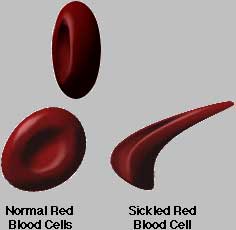 INTERESTING FACT ABOUT WOODPECKERS
INTERESTING FACT ABOUT WOODPECKERSWoodpeckers are in the family Picidae and peck about an estimated 8,000 to 12,000 times per day in search for food but why it does not experiences headache and what makes this bird such a skilful pecker? The below tells you why.
Woodpeckers has a very strong chisel-like beak and neck muscles highly developed for hammering the trunks. Even more remarkable are the flexible, elongated hyboid bone which enables the tongue to be highly protruded.
They have a very long tongue as well, almost as long as themselves in most cases. This is possible because its tongue curls back up around its skull unlike most birds where their tongues are attached to the head. Together with the complex muscles which stiffen the tongue, it can be used for spearing insects or move in from side to side to explore the crevices of the rotting log.
The most important key factor lies in the skull where it is exceptionally sturdy thus it is able to withstand the strong impact as the woodpecker hammers the trunk with its beak. It also has large and strong leg bones and zygodactyl feet, which is two toes pointing forward, and two backward. This feature allows them to grip tighter onto a vertical surface.
In addition, the end of their spine curves downwards, where the tail feathers are particularly stiff, allowing the tail to act as a prop.
With all these features developed for hammering, the woodpecker indeed proves to be one of the best peckers.
Sources:
http://www.kidsplanet.org/factsheets/woodpecker.html http://www.pbs.org/wgbh/evolution/library/01/1/image_pop/l_011_04.html
htt://en.wikipedia.org/wiki/Woodpecker



